New Tyrannosaurus Species Discovered
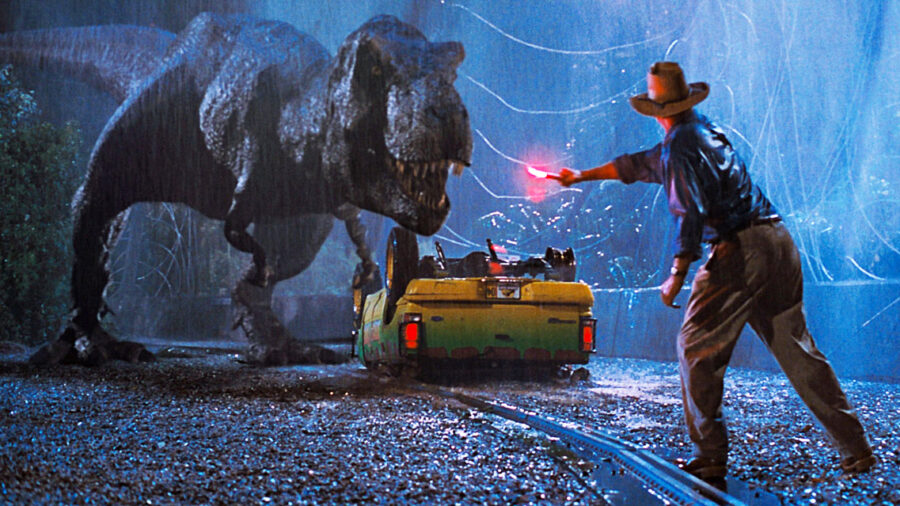
A new tyrannosaurus species has been discovered in Coahuila, Mexico. The paleontological discovery is named Labocania aguillonae and it is smaller than other members of its genus but is still thought to have dominated the region during its time. In addition to adding a new species to the list, the discovery is evidence that there could be more diversity in dinosaur species than previously thought.
Smaller Than Most T-Rex
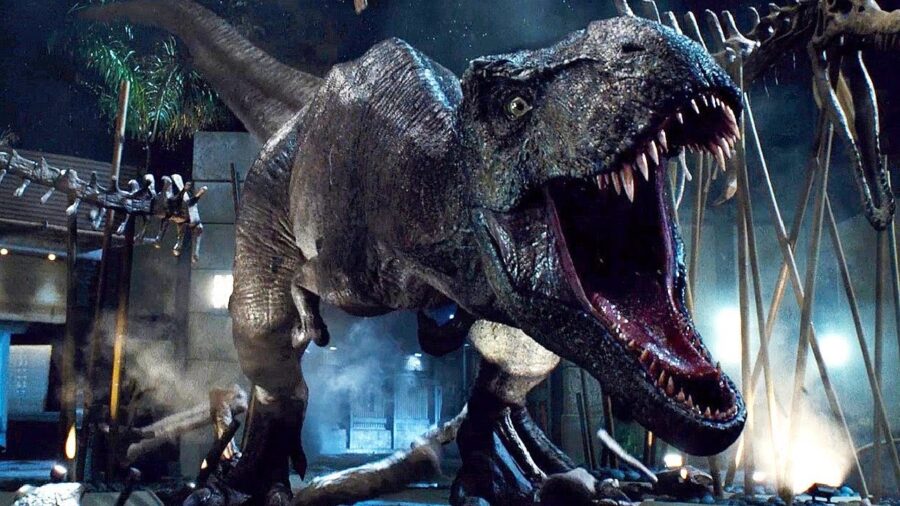
While the new tyrannosaurus species is smaller than its genetic relatives, it was still an estimated 21 feet long, from snout to tail. The fossil dates back to the Campanian age and is estimated to have lived around 72.5 million years ago. Paleontologists believe that the Labocania clade was the apex predator of its region during its time, while larger members of the genus controlled territory to the north.
The partial fossil of the new tyrannosaurus species was discovered in the Cerro del Pueblo Formation in Mexico, West of Saltillo, Coahuila, Mexico. It was discovered and identified by Hector Rivera-Sylva and Nicholas Longrich, who published their findings in Fossil Studies. The discovery is being hailed as groundbreaking, with major implications for the larger paleontological community.
More Tyrannosaurus Species To Uncover
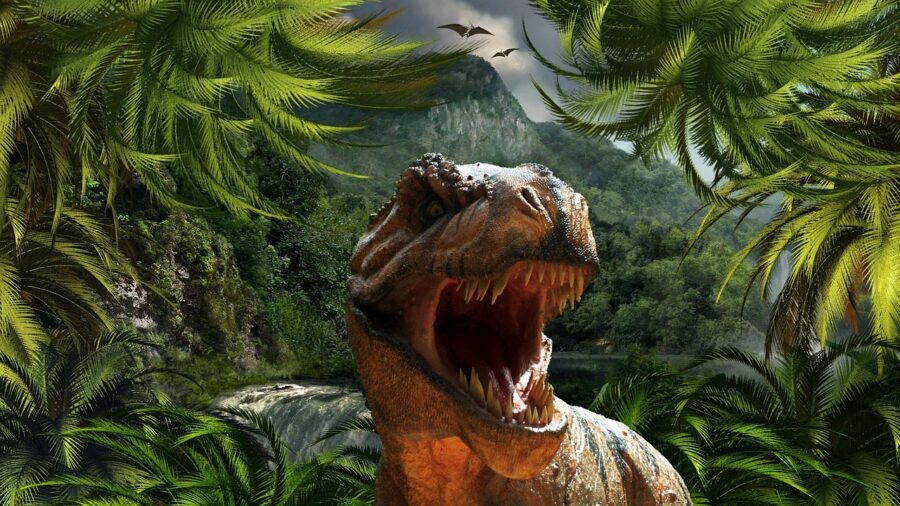
The discovery of the new species is being used as evidence that the tyrannosaurus was much more diverse and specialized than previously thought. While the genus was widespread, it seems specific species emerged in small regions. This means there could still be numerous undiscovered species within the genus for paleontologists to uncover.
Previous beliefs about the tyrannosaurus were based on modern apex predators, which tend to dominate large geographic areas. It seems that the dinosaur world was much more geographically specific, with species evolving to fit particular geographic regions. That would help explain the higher degree of diversity within the genus.
Geograhically Centered Beasts
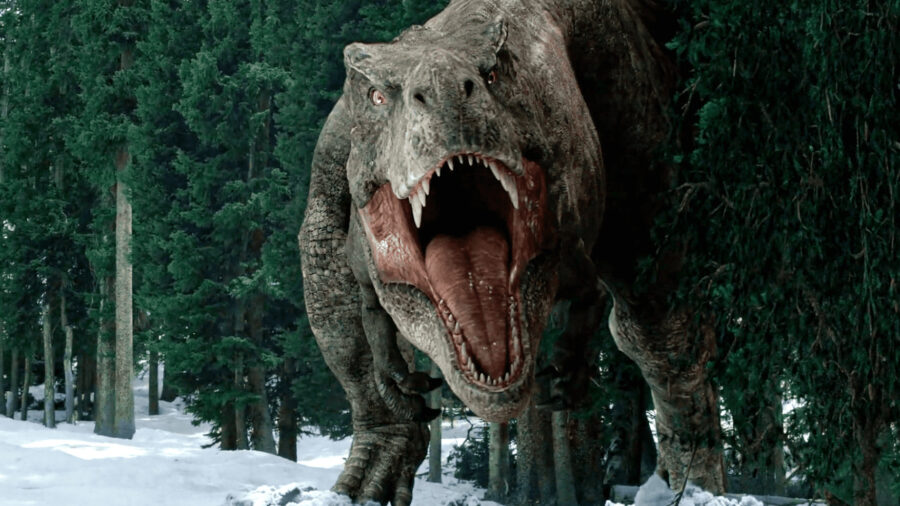
Paleontologists are unsure why large dinosaurs like tyrannosaurus were so geographically centered compared to modern apex predators. The discovery is evidence of this behavior but doesn’t reveal anything about why that’s the case. However, as more evidence is gathered about the various species that once roamed specific regions, new theories could be formulated.
Better Understanding Of The Genus

One thing the new species does help illuminate is when the tyrannosaurus genus began to diversify. Before the Campanian period, the genus was lower in species diversity and less specialized. Examples of the genus found in the Cenomanian and Turonian age are also smaller than those found in later eras.
The discovery of new species like Labocania aguillonae helps to pinpoint when these changes occurred. With a narrowed-down timeline, it will be easier for paleontologists to focus on figuring out why the change may have occurred. It also helps to give scientists a point of comparison for other dinosaurs that lived during the period.
More Questions Than Answers
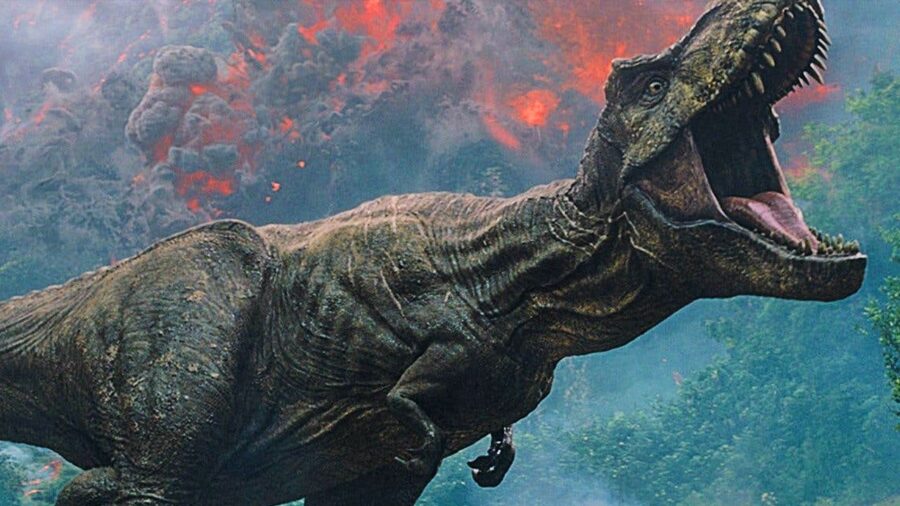
It’s always difficult to study animals that lived tens of millions of years ago, but discoveries like Labocania aguillonae give scientists new clues about how they behaved. This is a particularly informative find for those interested in the tyrannosaurus genus, which dominated the dinosaur world. Like many paleontological discoveries, this new species seems to raise just as many questions as it answers about dinosaur behavior.
Source: Fossil Studies












